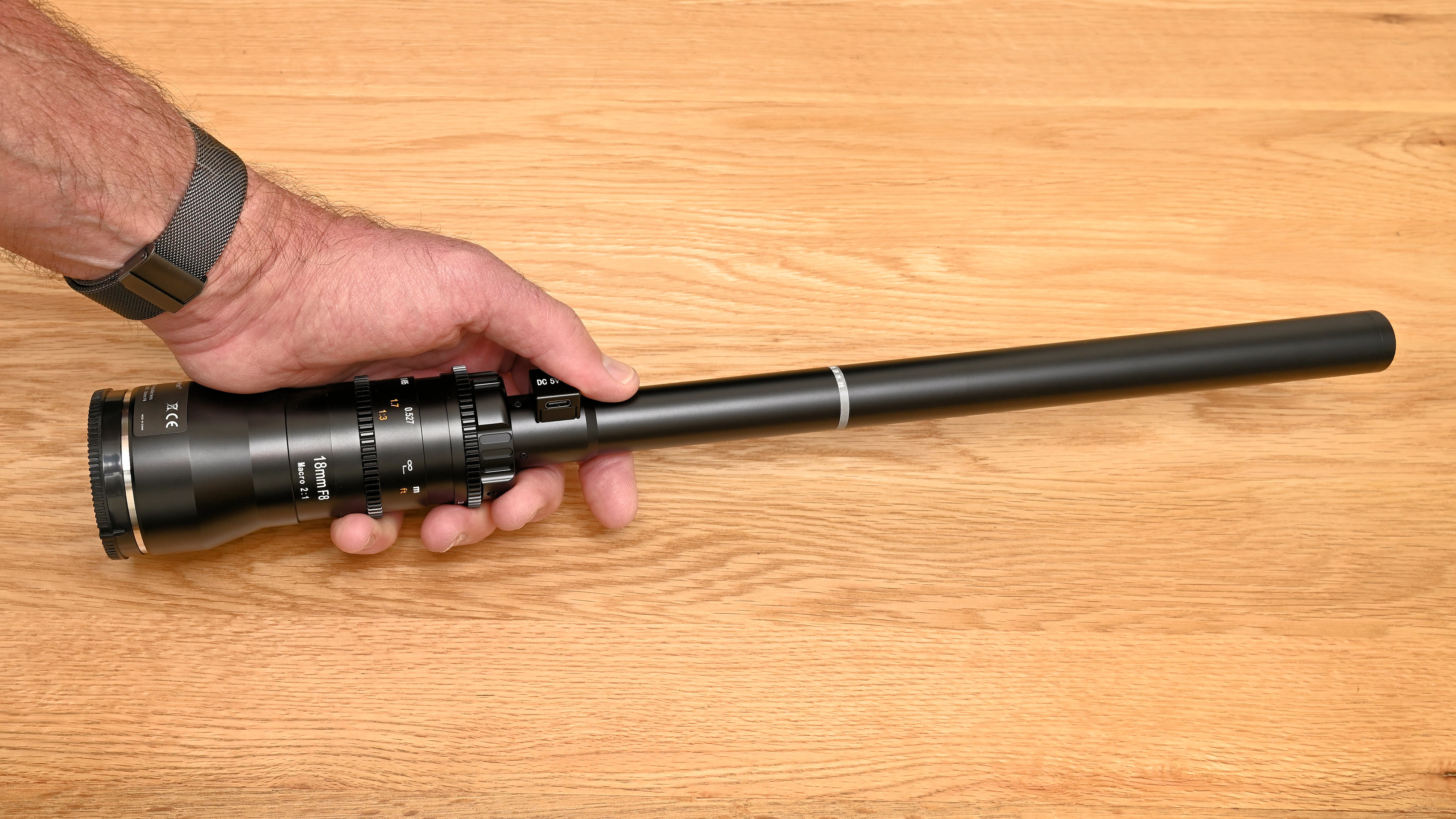
Although niche and rather oddball, the AstrHori 18mm f/8 2x Periscope Probe Macro isn’t a new concept. It’s essentially a newer version of the company’s full-frame compatible 28mm f/13 2X Micro Probe lens, but designed for crop-sensor cameras. As such, it has an ‘effective’ 27mm focal length on APS-C format bodies (28.8mm for Canon) and gives virtually the same field of view as using the preceding 28mm lens on a full-frame camera.
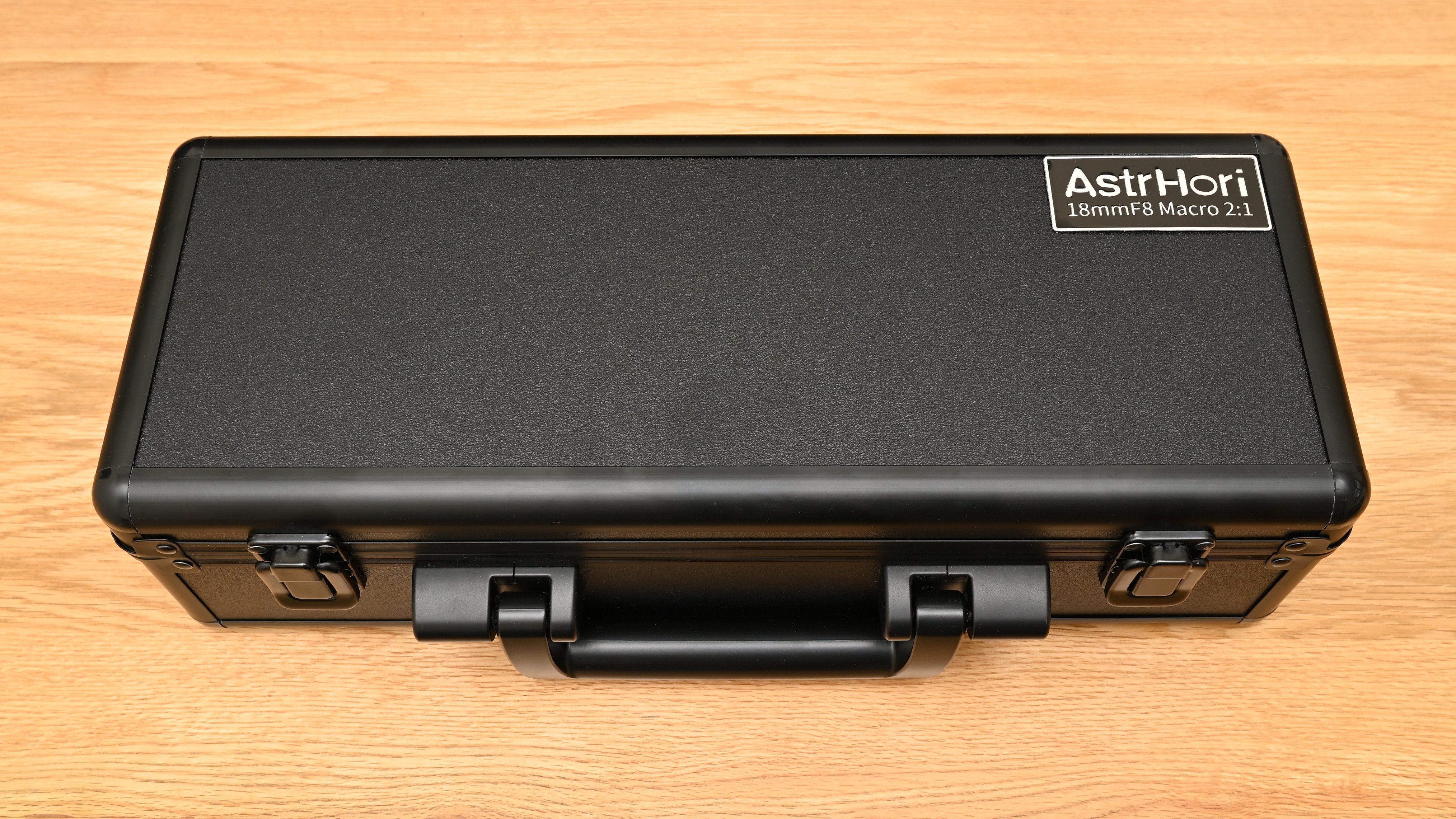
The AstrHori 28mm itself wasn’t a whole new thing. It looked a very close copy of the Venus Optics Laowa 24mm f/14 Probe, which was also designed for full-frame cameras. However, the new 18mm is available in a comparatively wide choice of mount options, including Canon EF, Canon RF, Fujifilm X, Leica L, MFT, Nikon Z and Sony E. Budget-friendly, both of the AstrHori 18mm and 28mm lenses only cost about half the price of the Laowa 24mm optic.
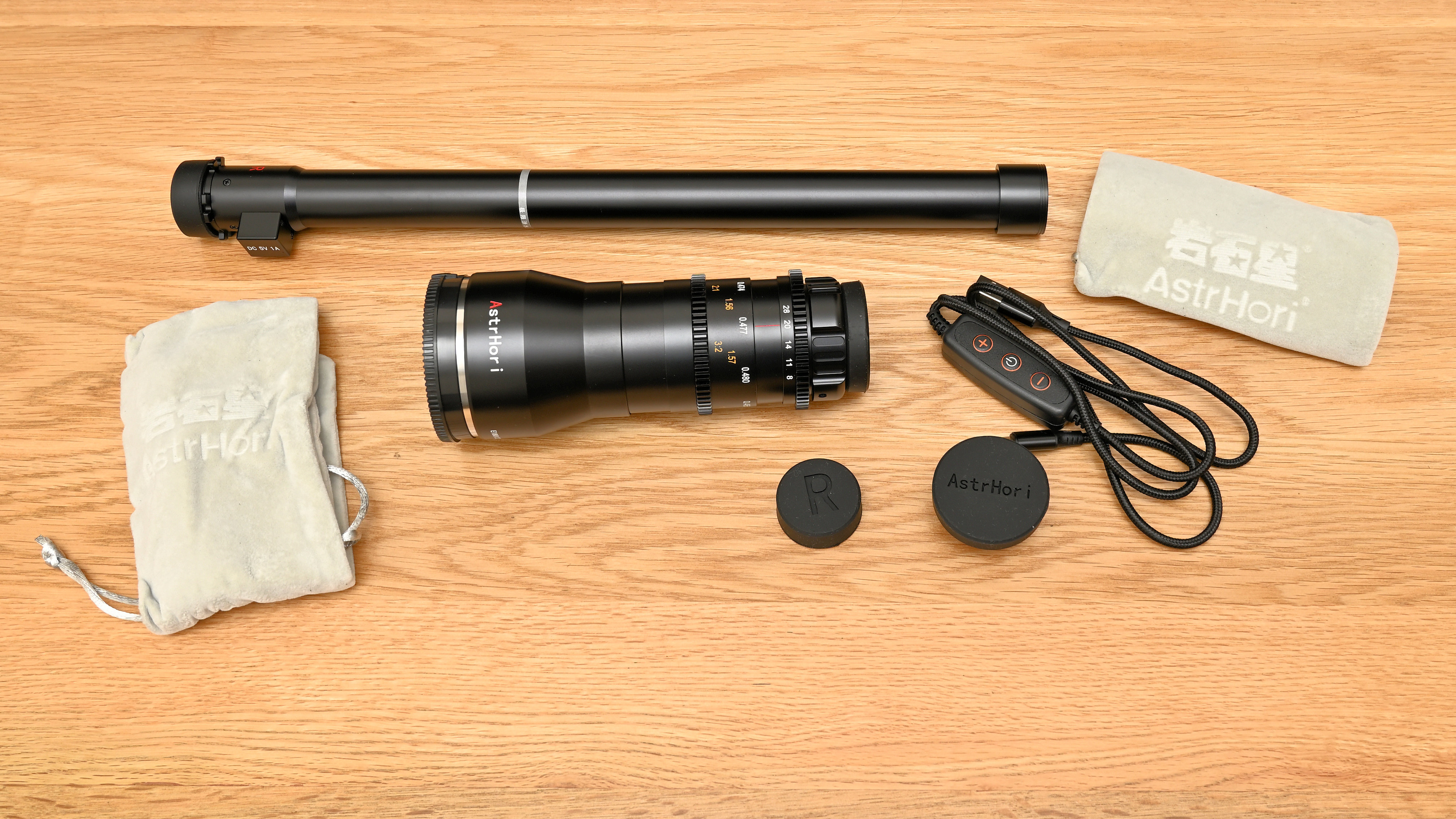
Specifications
Mount: Canon EF, Canon RF, Fujifilm X, Leica L, MFT, Nikon Z, Sony E
Full-frame: No
Autofocus: No
Stabilization: No
Lens construction: 23 elements in 17 groups
Angle of view: 76 degrees
Diaphragm blades: 7
Minimum aperture: f/28
Minimum focusing distance: 0.47m
Maximum magnification ratio: 2.0x (2:1)
Filter size: N/A
Dimensions: 60x457mm
Weight: 704g
Key features
If you’re into shooting bugs, you’ll know they can have an unsociable habit of crawling, jumping or flying away as soon as you get vaguely near enough to photograph them with a regular macro lens. The big idea of this lens is that it has a long probe section that fits to the front of the lens. The probe is comparatively thin and unobtrusive, so you’re less prone to scare things away.
Being long and thin, the probe also enables you to poke it where the sun don’t shine, so to speak. For example, if you’re feeling particularly reckless, you could stick it into a hornets’ nest but, to be clear, we’re absolutely not suggesting that you do that.
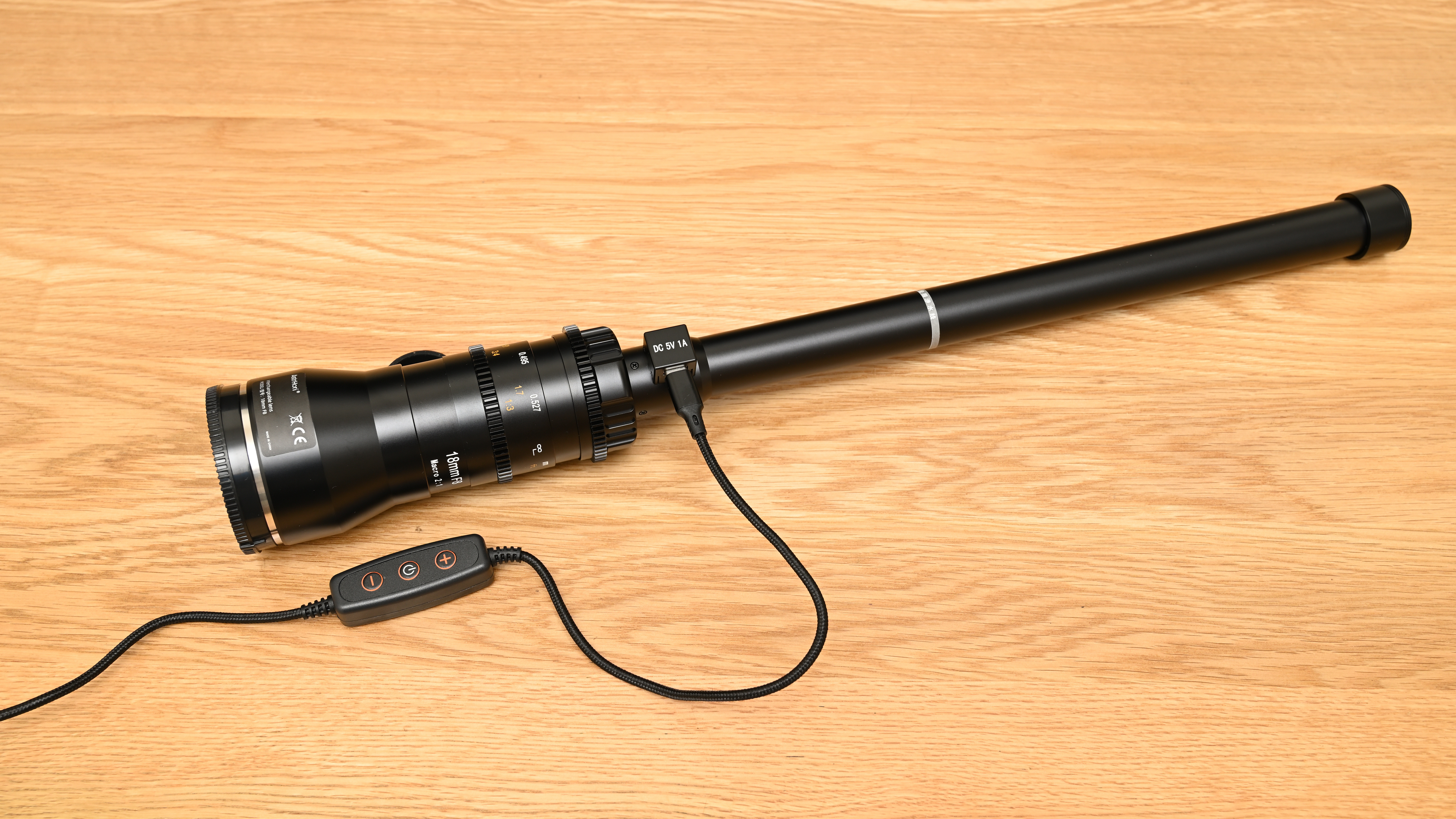
Naturally, a downside is that if you extend the probe into small, dark places, there’s generally not enough light to take a photo anyway. Typical of probe lenses (not that there are many), this one therefore features an LED lamp array built into the business end at the front. We’ve seen built-in LED lamps in a number of conventional Canon macro lenses, which are powered directly from the battery in the host camera. Again, typical of probe lenses, that’s not the case here. The LED array is USB powered, so you need to plug it into a mains adapter if you’re shooting at home, or a USB power bank if you’re out and about.
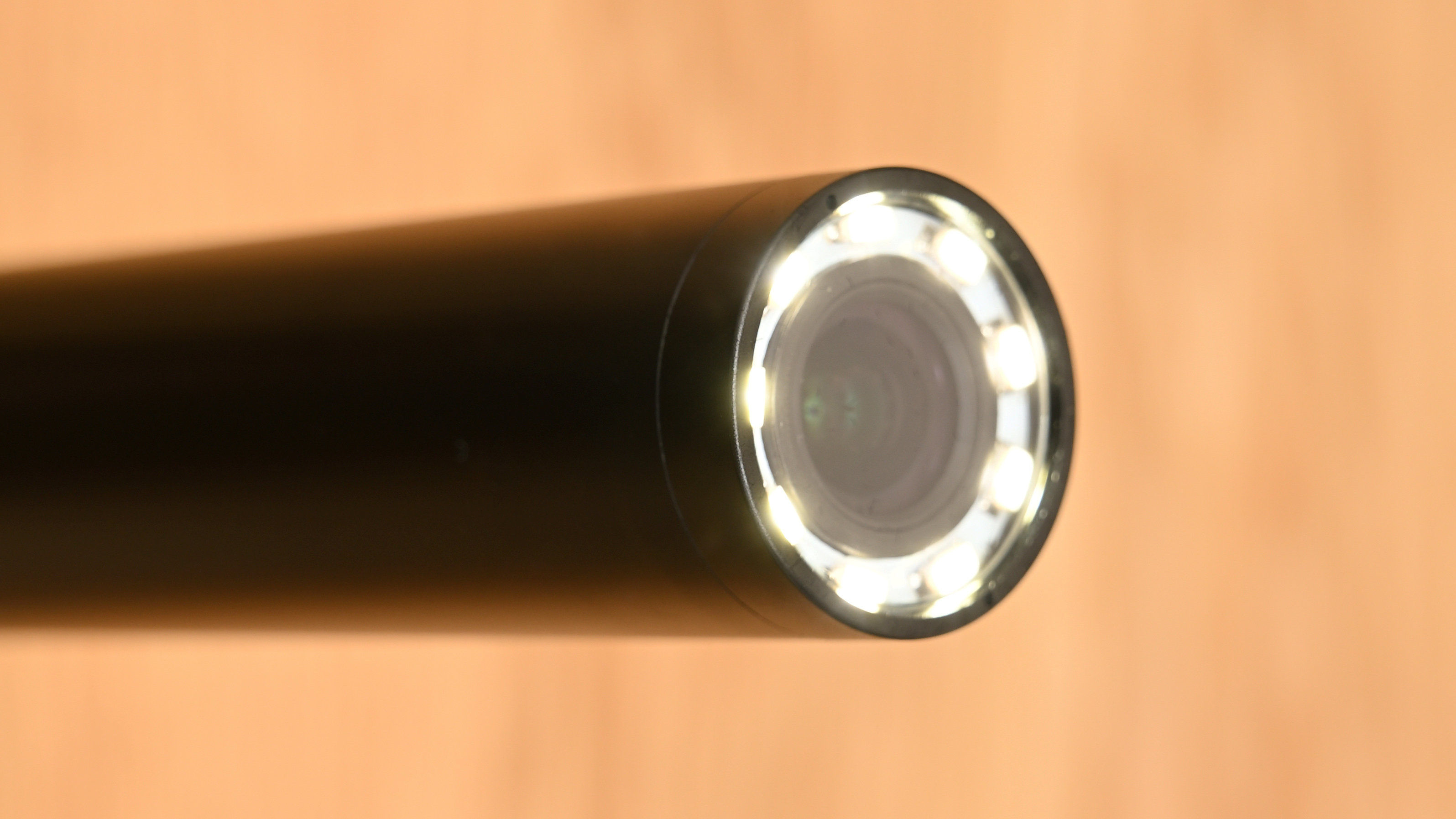
You’d think that 2x (2:1) magnification should be enough for anyone, but the crop factor gives you an extra bonus. For APS-C format cameras, you not only get a focal length multiplier of 1.5x (1.6x for Canon), but you also get a similar ‘effective’ boost in macro magnification, to 3x or 3.2x, respectively. The Micro Four Thirds edition of the lens gives you an effective 4x macro magnification at the shortest focus distance.
Another bonus of crop-sensor cameras is that depth of field is more dependent on actual rather than effective focal length. As such, you can get a bit more than the wafer-thin depth of field that’s typical when shooting macro images on a full-frame camera.
Serious macro photographers usually prefer to focus manually, which is just as well as this lens has no autofocus capability. In fact, it has no built-in electronics at all apart from the LED light, so there’s no data communication with the camera body. As such, you’ll need to set the aperture as well as the focus distance via the lens’s onboard control rings, which takes Program AE and shutter-priority shooting off the menu. Naturally, no lens-based EXIF information will be saved in image files, as the camera has no way of knowing what lens is fitted, let alone its settings.
Build and handling
The AstrHori feels very much a ‘me too’ lens, following in the footsteps of the Laowa probe in terms of build and handling characteristics. It comes as a kit of parts, supplied in a hard case with cutout foam inserts.

A full set of front and rear caps is supplied for both the main section of the lens and the probe, along with microfiber pouches for both components. There’s also a USB-A to USB-C cable for the LED lamp array built into the front of the probe. Again, like the Laowa, the cable includes a module that hosts an on/off button and up/down buttons for controlling the intensity of light.
Let’s talk ‘working distance’. The very nature of the probe lens gives you a comparatively relaxed working distance between the camera and the subject, of just over 46cm (18 inches), even at full 2x macro magnification. That’s more than twice as much as with the more conventional Laowa 90mm F2.8 2x Ultra Macro APO lens, which has a working distance of about 20cm (8 inches) at its maximum 2x magnification.
It's not all good news, however. The downside is that the front end of the AstrHiori’s long probe comes to just 5mm (1/5 of an inch) from the subject at its shortest focus distance. In practice, you can often find that the front of the probe casts a shadow over what you’re trying to shoot, so the LED lamp array definitely comes in handy.
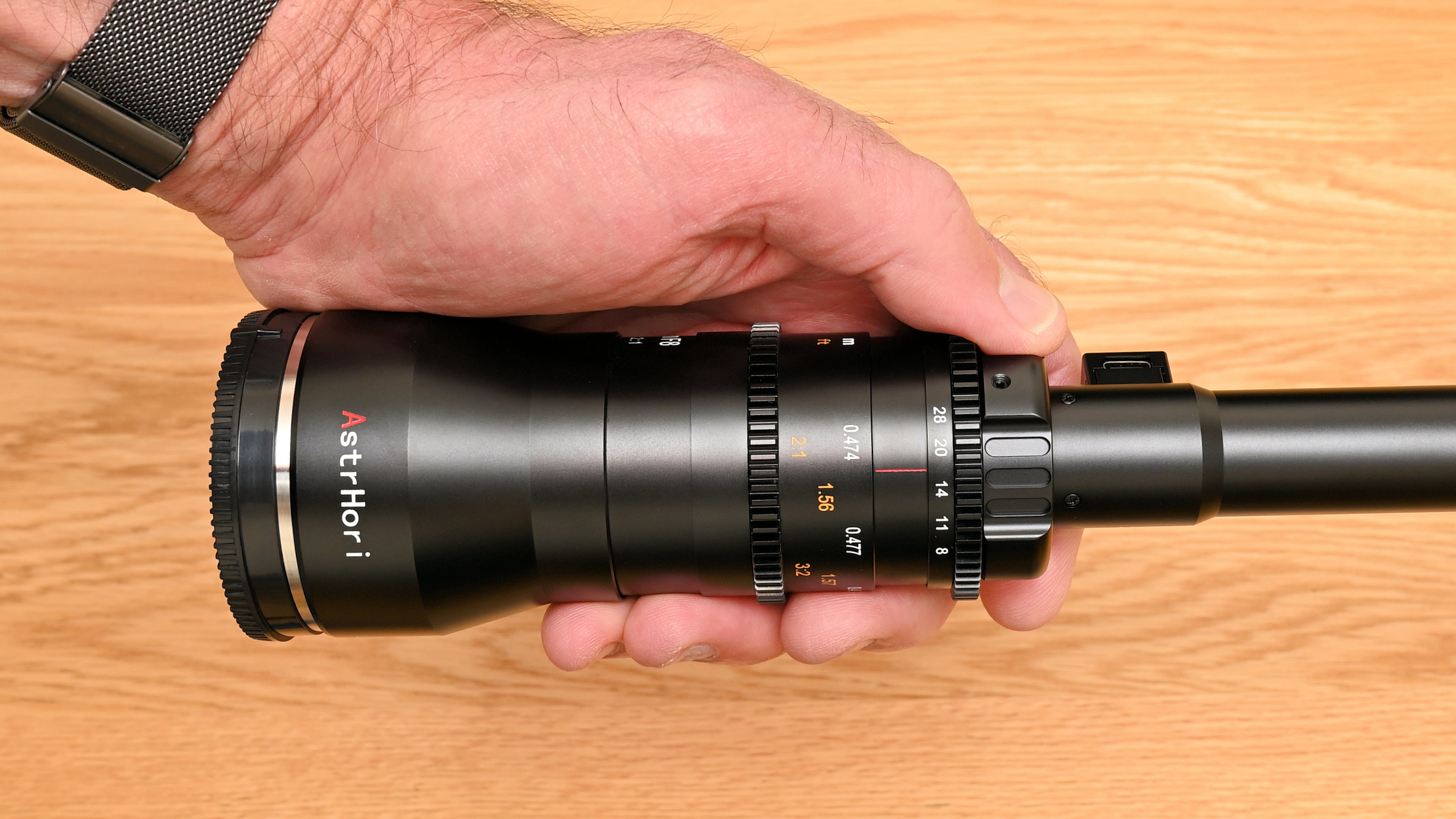
Manual focusing with autofocus macro lenses can be a real pain. The rotational travel is often quite small and it can be easier to move the camera slightly in pursuit of accurate focusing for extreme close-ups. The AstrHori is very different. We love the long rotational travel of the focus ring and that it operates with silky smoothness. This makes highly accurate macro focusing comparatively easy. Switch to a magnified preview in the viewfinder or rear screen of mirrorless cameras and pinpoint focusing is a doddle. The same goes for using a magnified preview in Live View mode on a DSLR.
Performance
The f/8 aperture rating is pretty fast for a probe lens. Although narrower apertures are generally preferred in macro photography, for getting more than a marginal depth of field, the f/8 rating gives greater versatility.
For a probe lens, we really liked the sharpness and clarity that we were able to get from the AstrHori when shooting extreme close-ups. It’s capable of delivering ultra-fine levels of detail that are virtually invisible to the naked eye. Color quality and contrast are very good too. Suffice it to say that all-round image quality is very convincing.
Although the lens is clearly a specialist macro optic, it can nevertheless focus all the way to infinity. That’s a bit of a moot point, as performance at longer focus distances is poor, as demonstrated by our lab-tests. Unlike most regular modern macro lenses, it’s really a one-trick pony.
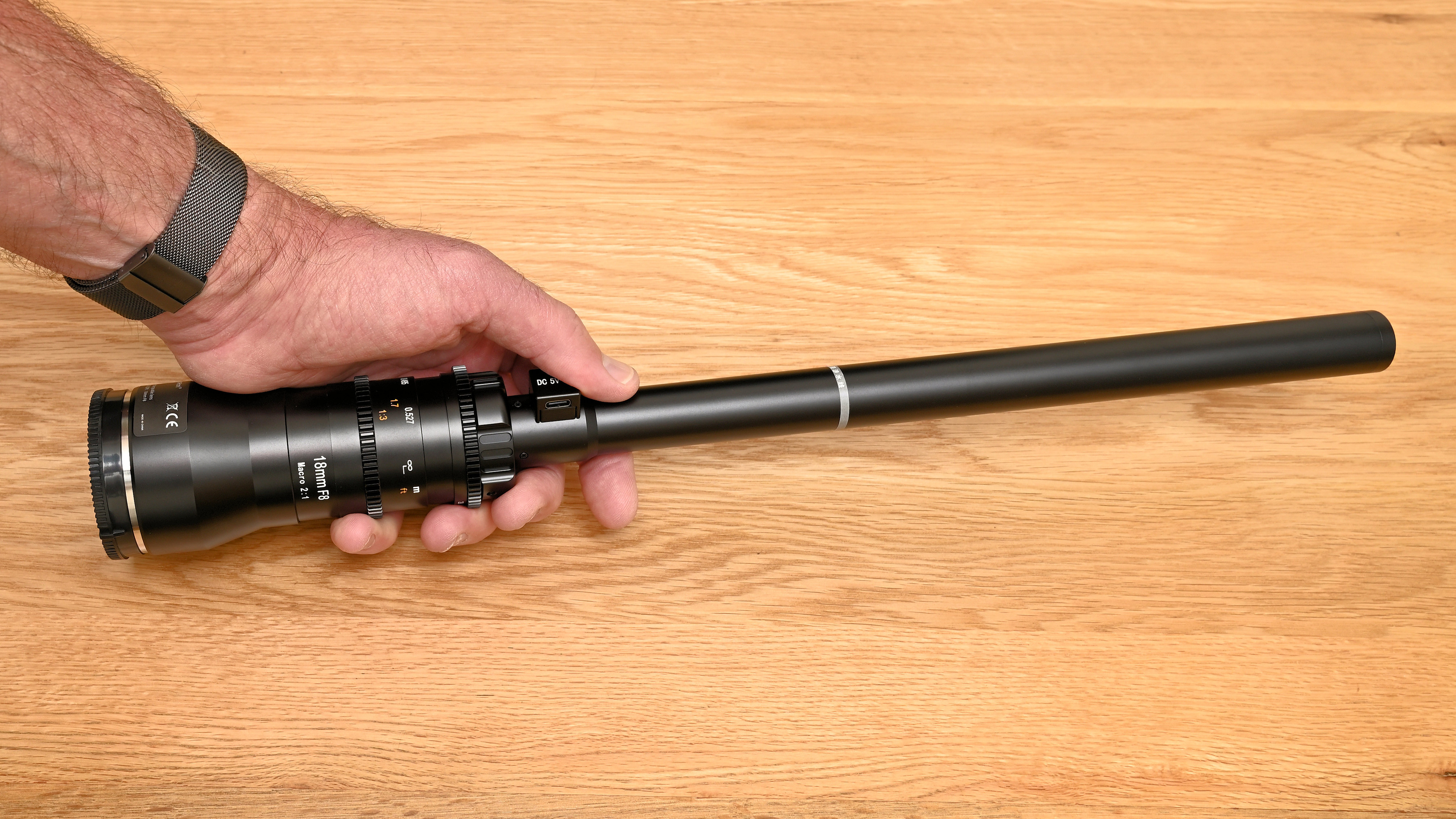
Sample images

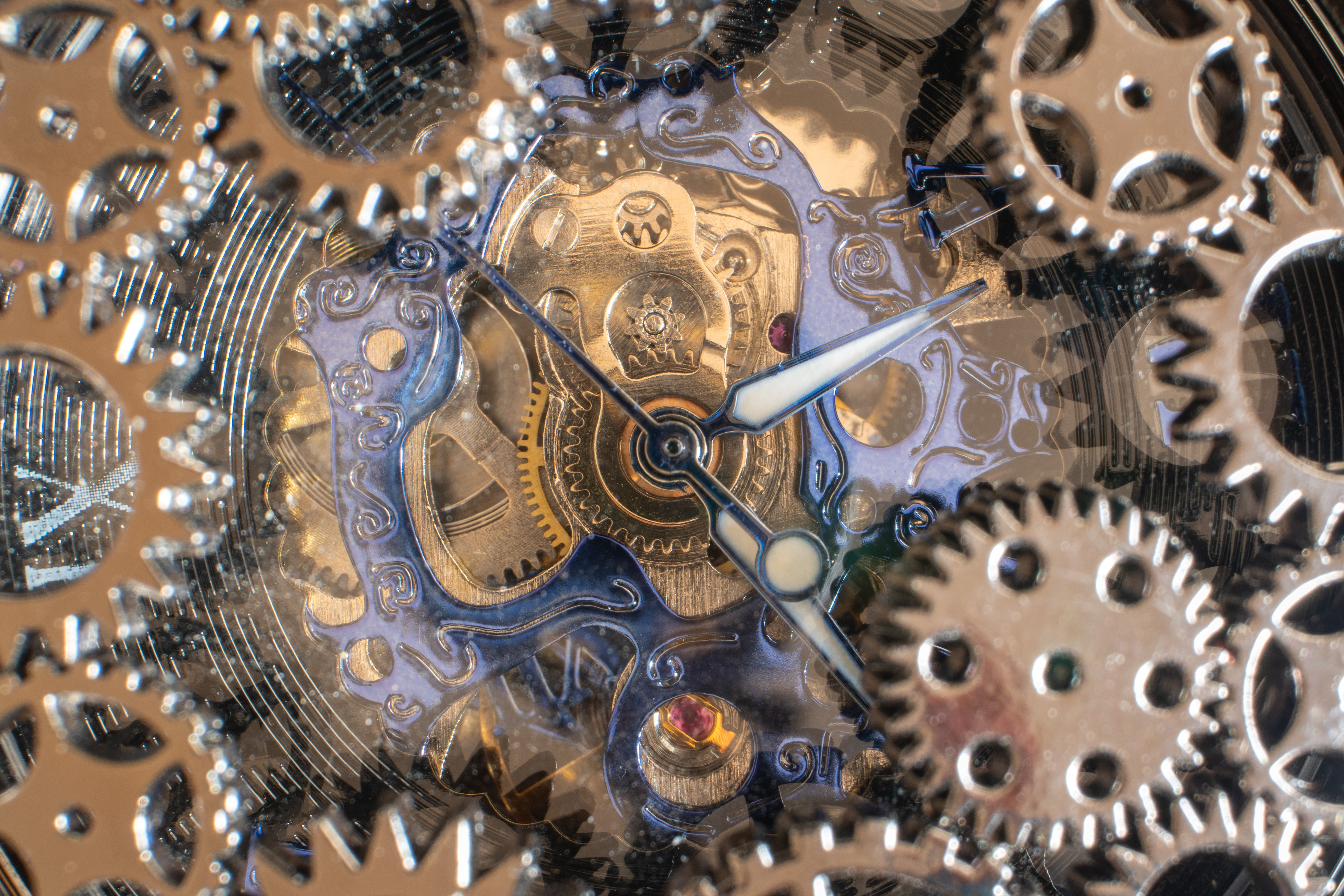

Lab results
We run a range of lab tests under controlled conditions, using the Imatest Master testing suite. Photos of test charts are taken across the range of apertures and zooms (where available), then analyzed for sharpness, distortion and chromatic aberrations.
We use Imatest SFR (spatial frequency response) charts and analysis software to plot lens resolution at the center of the image frame, corners and mid-point distances, across the range of aperture settings and, with zoom lenses, at four different focal lengths. The tests also measure distortion and color fringing (chromatic aberration).
Sharpness:
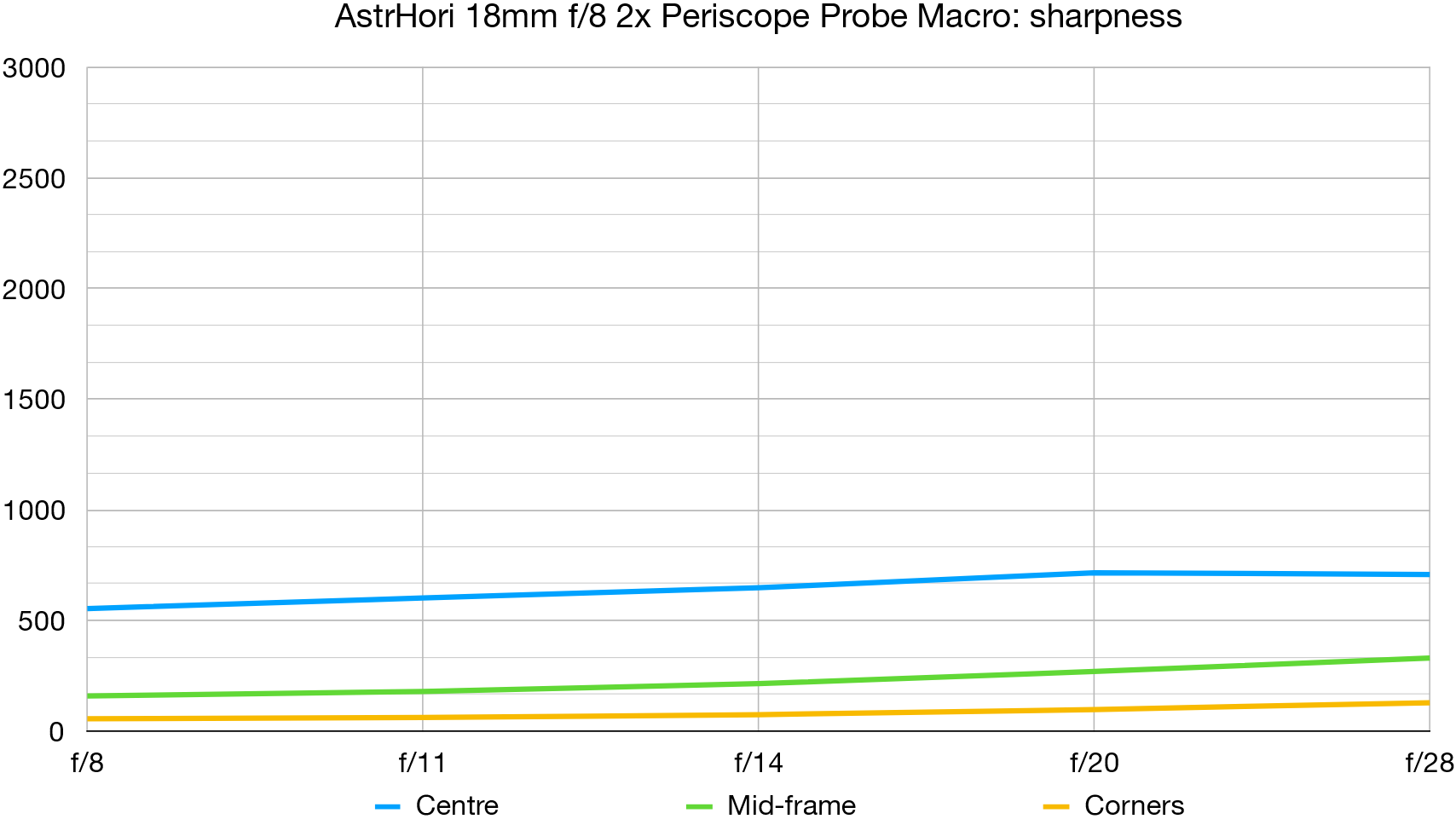
Lab-test results for sharpness are frankly dire. But bear in mind, these are based on shooting full-sized test charts at a regular focus distance, much longer than what this lens is intended for. When shooting extreme close-ups, we found it was able to resolve very fine detail across the whole APS-C format image frame.
Fringing:
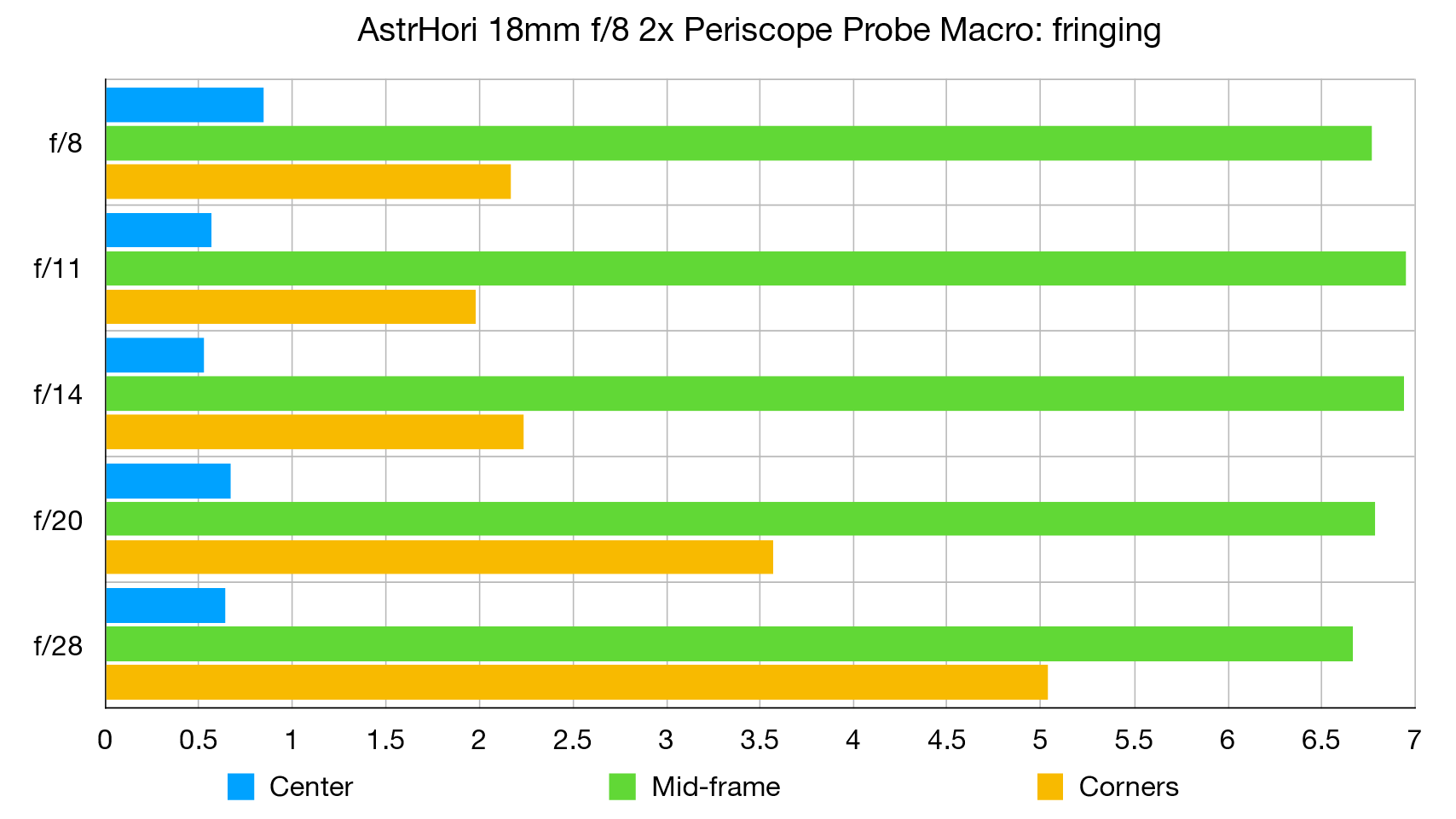
Color fringing can be very noticeable away from the central region of the frame in general shooting but, again, we found this to be less of a problem when shooting extreme close-ups, as shown in our example images.
Distortion: 6.57
As with sharpness and color fringing, distortion is less of an issue when shooting at very close range, although the lab-test result shows heavy pincushion.
Verdict
Taking a leaf out of Laowa’s book and building on its own 28mm full-frame compatible probe macro lens, this 18mm optic is designed specifically for crop-sensor cameras. The idea is that you can poke your nose (or rather the front of the long, thin probe) into tight spaces and take macro shots like never before. The front section is waterproof too, so you can even explore rock pools or get up close and personal with aquatic life. It’s a great idea that translates into a really neat lens, and at a very competitive price.
Read more:
• Best camera lenses to get
• Best Canon lenses
• Best Nikon lenses
• Best Sony lenses







